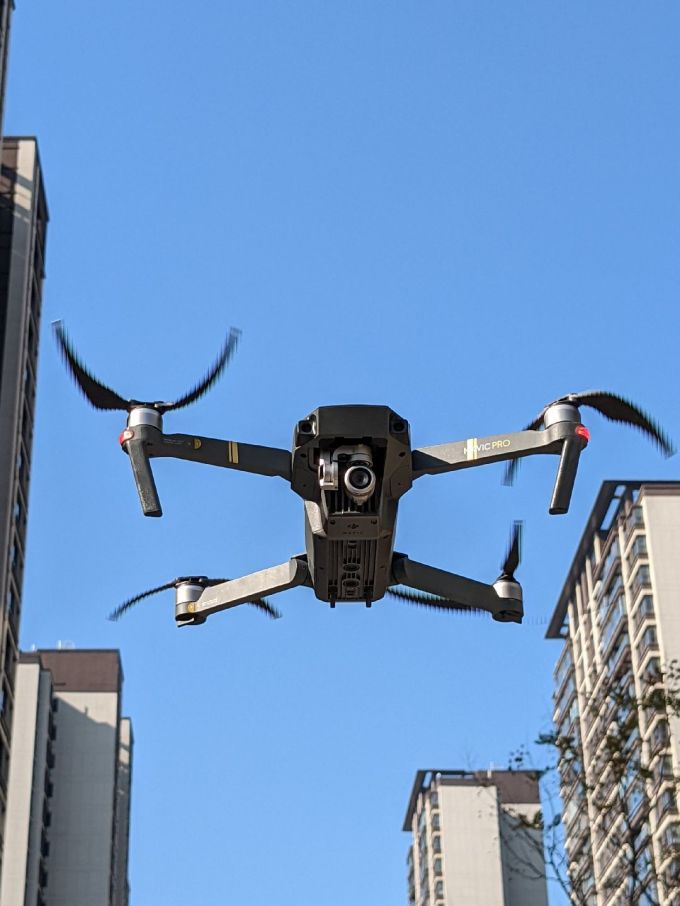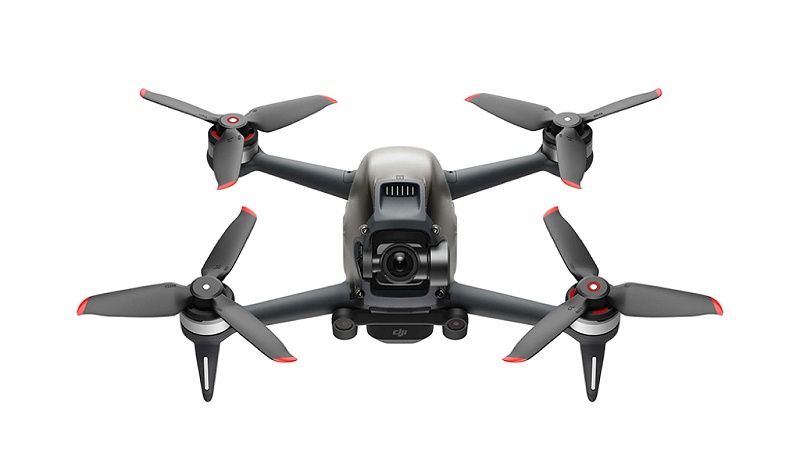The Revolution in Agriculture with Drones Spraying
In recent years, the use of drones spraying has become a pivotal advancement in agricultural technology. This innovation is reshaping how farmers manage crops, enabling them to optimize resources and improve yields. Drones, equipped with advanced spraying systems, offer precision agriculture practices that were previously unimaginable.
One of the key benefits of using drones in agriculture is their ability to apply plant protection products efficiently. Unlike traditional methods, drones can target specific areas of a field, reducing the amount of chemicals used and minimizing environmental impact. This targeted approach not only conserves resources but also enhances crop health and boosts productivity.
Improved Efficiency and Cost Savings
Another significant advantage of drone spraying is the substantial reduction in labor costs. Conventional crop spraying requires a considerable workforce and machinery, which can be expensive and time-consuming. Drones, on the other hand, can quickly cover large areas with precision, lessening the need for manual labor and machinery use.
The capacity for drones to reach difficult terrains further enhances their utility. Farmers often struggle with accessing steep or irregular landscapes where traditional equipment is ineffective. Drones easily navigate these areas, ensuring comprehensive coverage and treatment. As a result, drones spraying is not only more efficient but also promotes a healthier crop across varied topographies.
Environmental Benefits
An often-overlooked aspect of drones spraying is its contribution to sustainable farming practices. Precision application of chemicals reduces contamination of soil and water bodies, helping maintain ecosystem balance. Moreover, as drones can operate autonomously, they diminish the energy consumption associated with traditional agricultural machinery, contributing to lower carbon footprints.
By leveraging data analytics, drones can also enhance crop monitoring and forecasting. Drones with integrated imaging technologies collect vital data about plant health, moisture levels, and soil conditions. This data is invaluable for making informed decisions that optimize fertilizer use and irrigation schedules, assuring that crops receive adequate nourishment while conserving resources.
Challenges and Considerations
Despite all the advantages, there are challenges to wide-scale adoption of drones spraying. Regulatory restrictions and licensing requirements can be barriers for some farmers. It’s essential to maintain compliance with local and national aviation regulations to operate drones safely. Additionally, the initial cost of investing in drones and related technologies may be prohibitive for smaller farms.
However, as technology advances and demand grows, costs are expected to decrease. Moreover, agritech companies increasingly offer packages and rental services to mitigate initial expenses.
FAQ Section

Q: Can drones spraying affect crop quality?
A: Drones enhance crop quality by ensuring precise and uniform application of nutrients and protective agents, leading to healthier and more robust plants.
Q: Are drones difficult to operate?
A: Most agricultural drones come with user-friendly interfaces. Operators typically undergo training, ensuring they can safely and effectively use the technology.
Suppose you are considering adopting drones spraying for your farm.
To conclude, the integration of drones spraying into agricultural practices heralds a new era of farming. By offering efficiency, precision, and sustainability, drones are transforming crop management and paving the way for modern, eco-friendly agriculture.